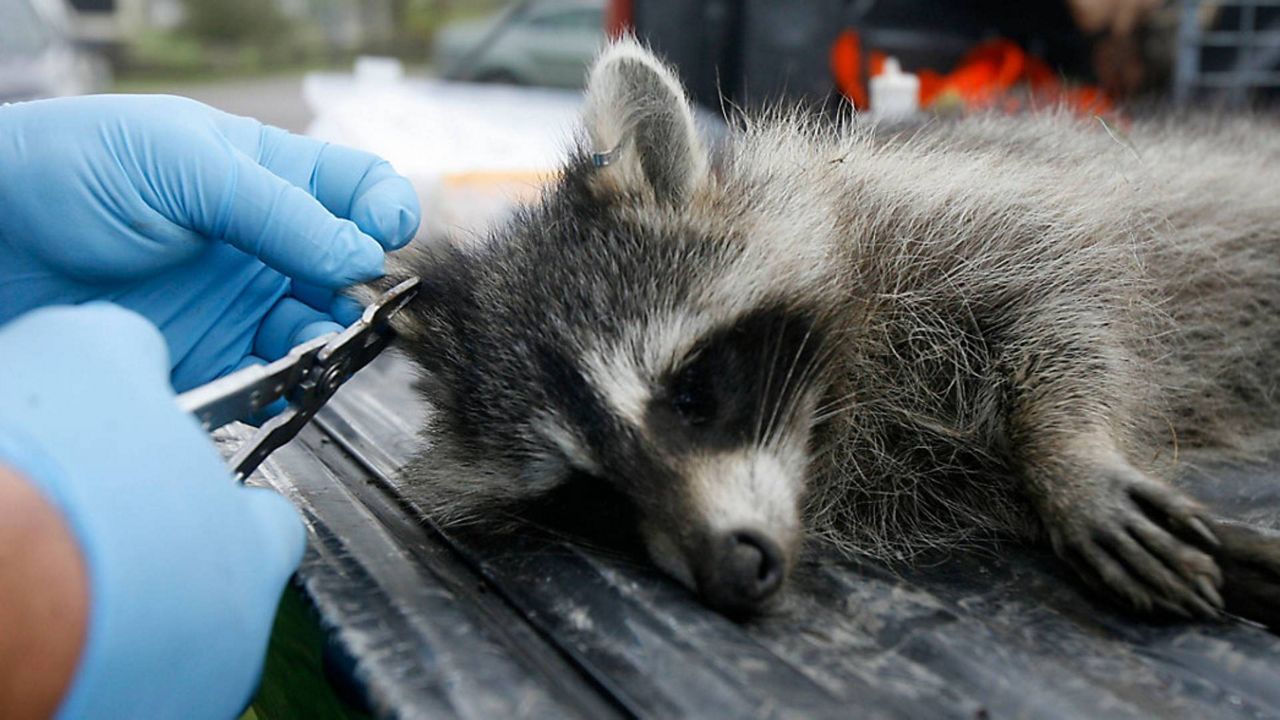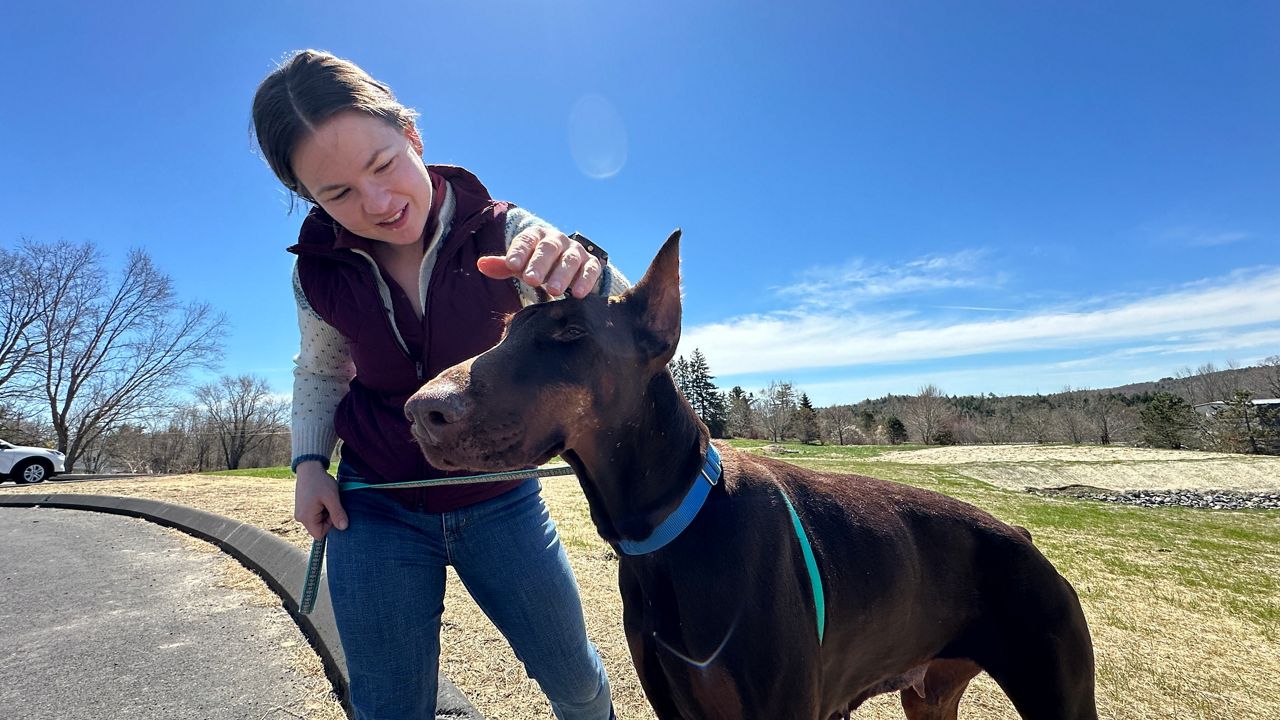State and federal officials are gearing up for the annual rabies vaccine baiting distribution in Maine, to help control the spread of rabies among raccoon populations.
According to the state Department of Health and Human Services, the US Department of Agriculture’s Wildlife Services is working with the Maine Center for Disease Control and Prevention to distribute a total of 365,000 oral vaccines through parts of Aroostook, Penobscot and Piscataquis counties from Aug. 5-10.
Officials will also distribute another 50,000 in northern Franklin County, in response to reports of a rabid raccoon being found near the Canadian border in June.
The bait will be spread by air and ground. Most bait resembles “a fishmeal-coated cube or sachet about one to two inches in size,” according to a statement. The baits distributed in Franklin County look like “a blister pack with a sweet, waxy coating.”
“Humans and pets cannot get rabies from contact with the bait but should not touch or move them,” the health department said.
The announcement added that the bait will not harm domestic dogs and cats, though dogs may get upset stomachs if they eat too many.
The department also recommends any human who touches a bait with bare skin should “rinse the area affected with warm water and soap.”
This year, officials said 43 animals have tested positive for rabies as of Aug. 1. The animals were spread over nine different counties in Maine, and included bats, raccoons, skunks, woodchucks, grey foxes, a cat and a goat.
Officials suggest pet owners take steps to protect their animals, including maintaining rabies vaccines and feeding them indoors.
Officials also recommended keeping sources of food such as garbage cans secure, and to avoid touching, feeding, moving or otherwise interacting with wildlife. Stray cats and dogs, officials said, are also a concern.
Anyone who is bitten or scratched by an animal should contact their health care provider, and contact their local veterinarian if pets are scratched or bitten.
Anyone who sees a dead or suspiciously behaving animal, especially in northern Maine, is encouraged to contact wildlife services.








)